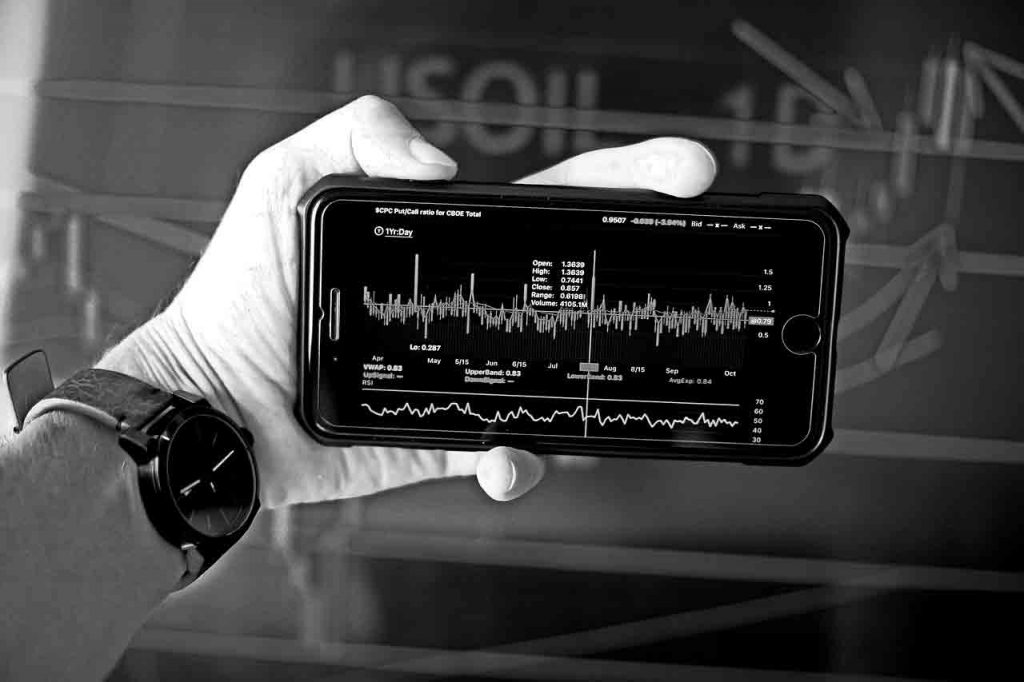
A sideways market, also known as a horizontal or range-bound market, is a market condition where the price of a financial instrument, such as a stock, currency pair, or commodity, moves within a relatively narrow range with no clear trend in either direction. In a sideways market, prices fluctuate between defined support and resistance levels, creating a trading range.
Key characteristics of a sideways market include:
1. Lack of Clear Trend: Unlike in a trending market (bullish or bearish), where prices consistently move in one direction, a sideways market lacks a clear and sustained trend. Prices may move up and down but generally remain within a defined range.
2. Support and Resistance Levels: Sideways markets are characterized by well-defined support and resistance levels. Support is the lower boundary of the range where buying interest tends to increase, preventing prices from falling further. Resistance is the upper boundary where selling interest tends to emerge, preventing prices from rising higher.
3. Choppy Price Movements: Prices in a sideways market exhibit relatively choppy and unpredictable movements. Traders may observe a series of higher highs and lower lows within the established range.
4. Consolidation: Sideways markets are often considered periods of consolidation, where the market takes a breather after a significant trend or before the emergence of a new trend. Consolidation can be a precursor to either a continuation of the previous trend or a reversal.
5. Reduced Trend-Following Opportunities: Traders who rely on trend-following strategies may find limited opportunities in a sideways market, as there is no sustained directional movement.
6. Range-Bound Trading: Traders in a sideways market may adopt range-bound trading strategies, buying near support levels and selling near resistance levels. Range-bound strategies aim to capitalize on price oscillations within the established range.
7. Indecision and Uncertainty: Sideways markets often reflect indecision and uncertainty among market participants. Traders may be awaiting new information or events that could provide direction for the market.
8. Volatility Contraction: In some cases, a sideways market is characterized by lower volatility compared to periods of trending movement. Volatility contraction may signal an imminent breakout or breakdown from the range.
It’s important to note that markets can transition between different phases, including trending, sideways, and consolidating phases. Traders and investors use various technical analysis tools, such as support and resistance levels, chart patterns, and indicators, to identify and navigate sideways market conditions. Additionally, fundamental factors and market sentiment can play a role in influencing the direction of prices when the market eventually breaks out of the range.
